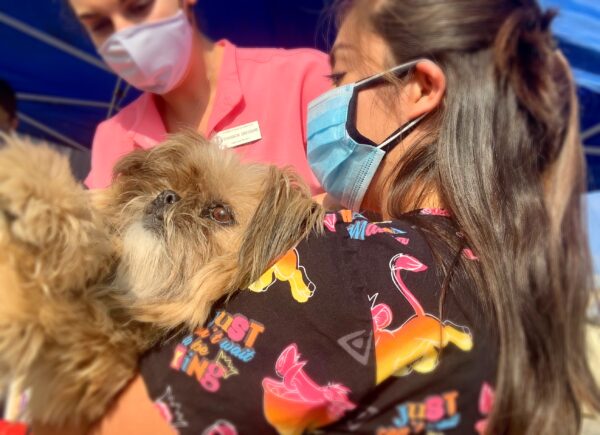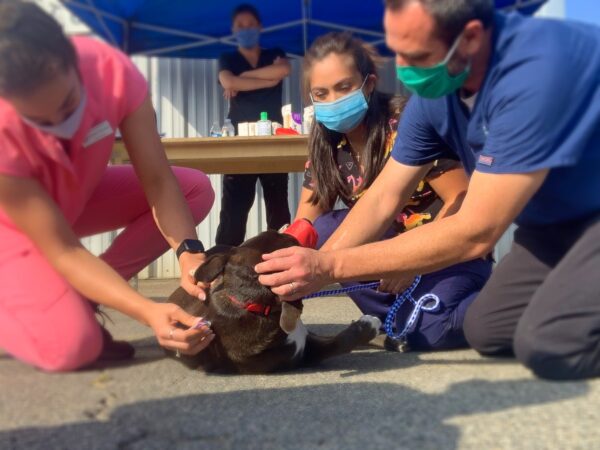2020 Shelter Intervention / Pet Support Space
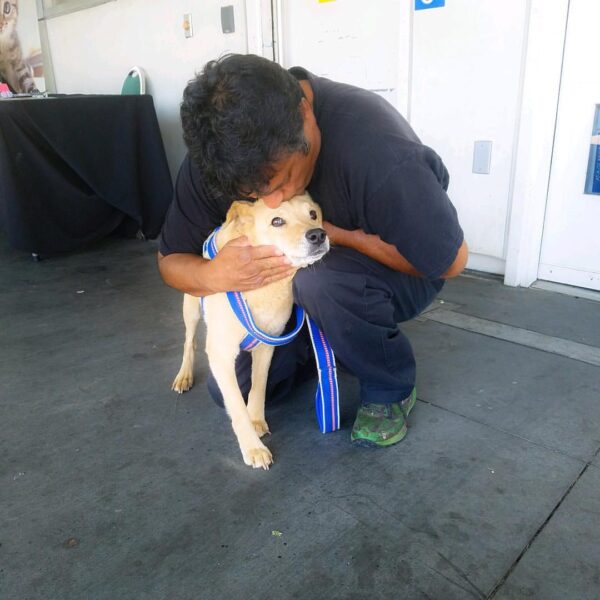 South LA Shelter Intervention Client
South LA Shelter Intervention Client
I want to share our program statistics for the South Los Angeles Shelter Intervention Program, and inform you of the great success we are experiencing at our Pet Support Space office. 2020 was a year like no other. As we entered our seventh year of Shelter Intervention (SIP), our team had been discussing how to serve the community more efficiently. The SIP began in 2013, back when 100% of the pet owners approaching our table, speaking to our counselors, were at the shelter because they believed that they had no other option, but to surrender their pet. Fast forward, seven years later, a lot has changed. When our counselors were located at the South LA Shelter, the SIP had evolved into more pet owners coming to the shelter out of desperation, seeking assistance for a wide variety of resources, with the majority being a need for veterinary care. Our counselors had evolved into case navigators, crisis counselors, who have dealt with cases where the family’s home had burned down, leaving them homeless, including their pets, to pet owners fleeing from domestic violence, to assisting pet owners who suffer from ongoing physical and mental health challenges. As I have always known, the “problem” that we were trying to “solve” was more of a poverty problem than a pet problem.
For some of you who are new supporters, I want to share an article with you written by Sandy Banks for the Los Angeles Times in 2013, back when I believed that I was solving a problem. More important, I believed that I had the answers to solve the problems that low income pet owners were challenged with https://www.latimes.com/local/la-xpm-2013-may-11-la-me-0511-banks-animalshelter-20130511-story.html
The first year of the Shelter Intervention Program was both magical and depressing at the same time. This resulted in me feeling extreme emotional highs when we could help, and emotional lows, and even anger when a pet owner “went against our plan” and surrendering their pet to the shelter behind our backs, off hours, when we didn’t have a counselor on site. In those first months, I would walk through all the shelter dog runs, looking to see how many dogs were in the shelter as owner surrenders vs. strays or personal property holds. I was on a mission to keep every dog, cat and rabbit in their first home forever home. In fact, I even wrote a book called https://www.amazon.com/First-Home-Forever-Shelter-Intervention/dp/1514343541

Then came the reality of working within a municipal shelter, and experiencing, how shelter staff, our staff, myself included, would put personalities before principles. Our shared goal of keeping pets out of the shelter, and with their families was even controversial at times, depending on who the supervisor in charge was, and how the staff accepted or didn’t accept the mission of SIP. No one had an issue with helping a deserving family was the “right ” thing when it came to their pet, […]
 Sheba and Nubian on their way to boarding
Sheba and Nubian on their way to boarding 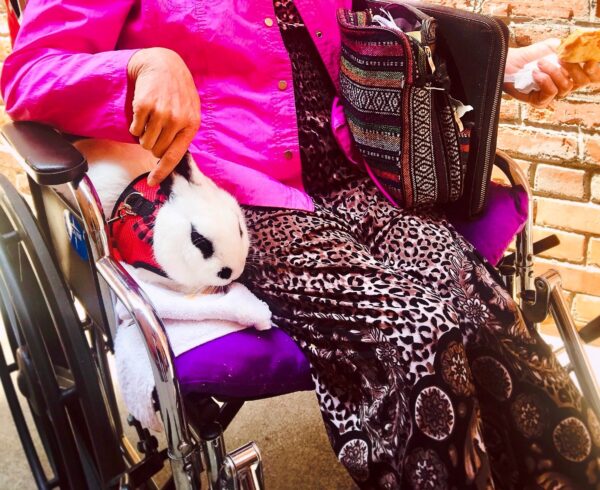 “Jesus Christ” and his owner receiving services at PRC”
“Jesus Christ” and his owner receiving services at PRC” 
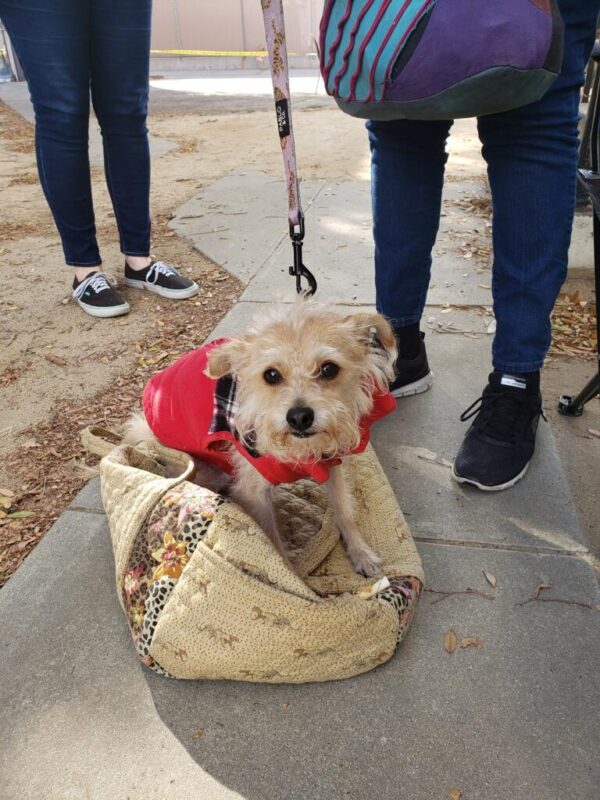 Foxy at our November wellness clinic
Foxy at our November wellness clinic  The photo we used for Foxy’s lost dog flyer
The photo we used for Foxy’s lost dog flyer 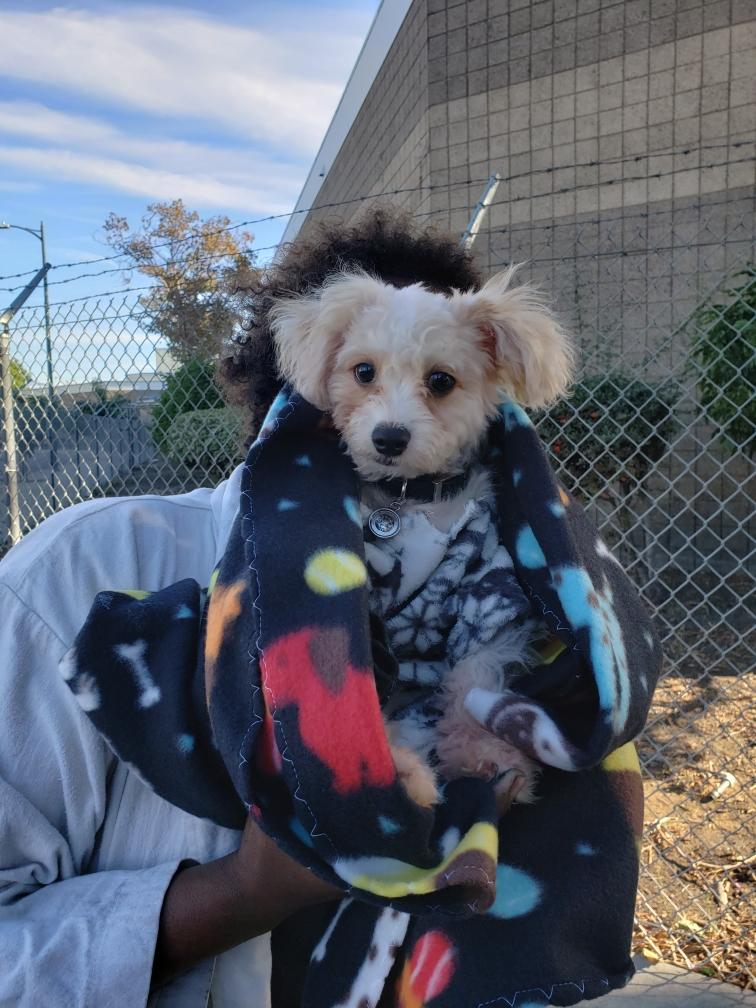
 “Active Baby”
“Active Baby” 
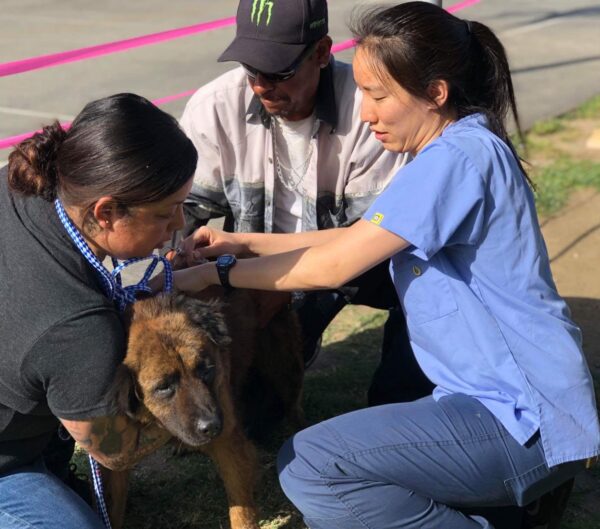 3 year ago when Lola was microchipped at one of our free dog clinics
3 year ago when Lola was microchipped at one of our free dog clinics 
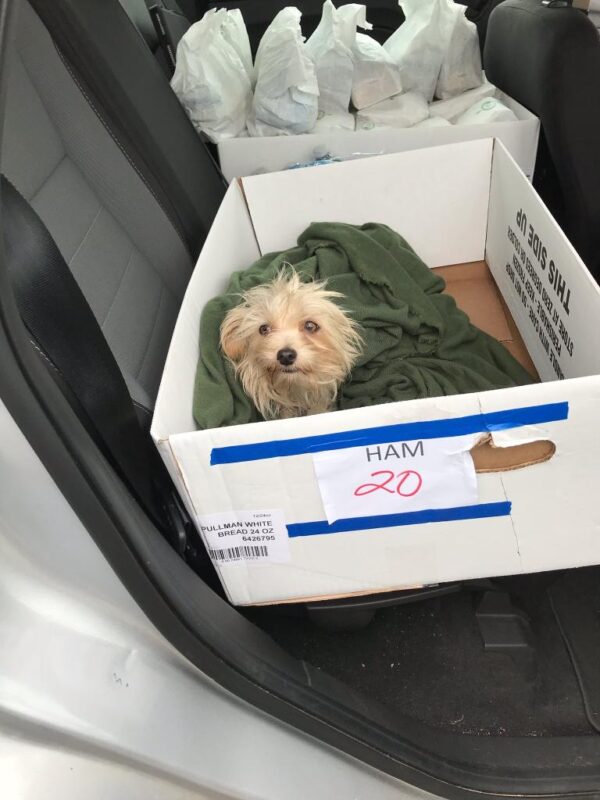 8 year old Doris
8 year old Doris 
